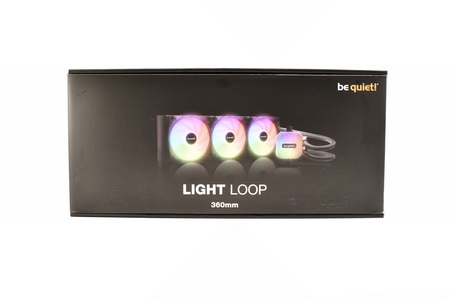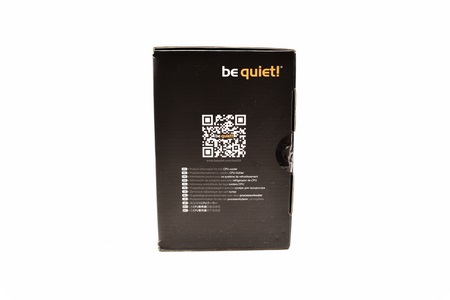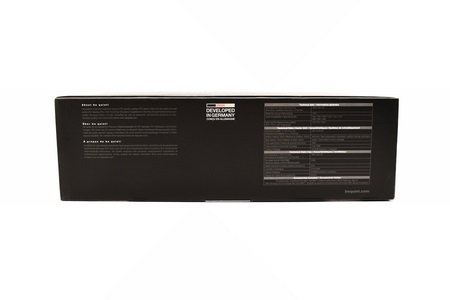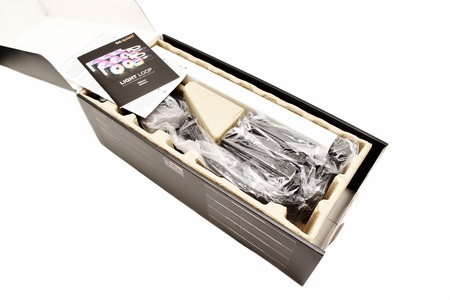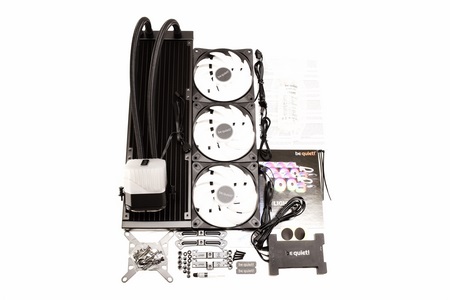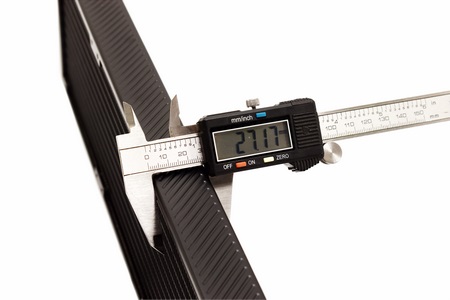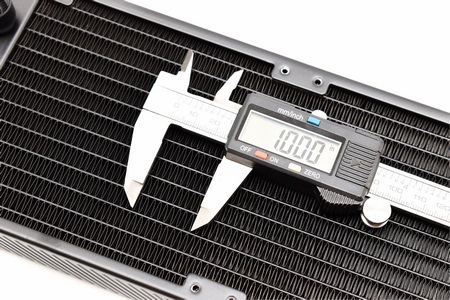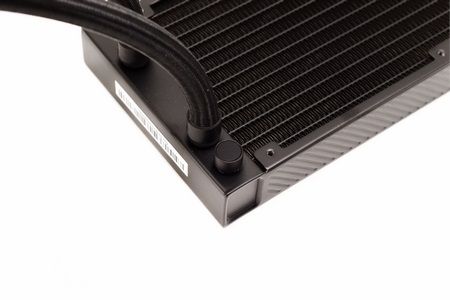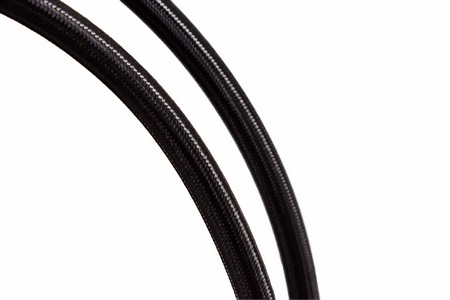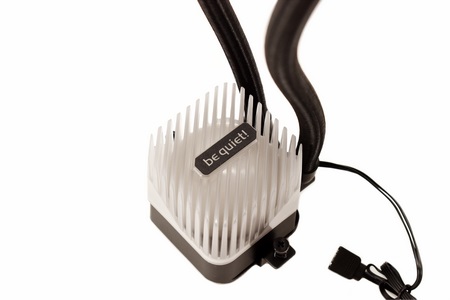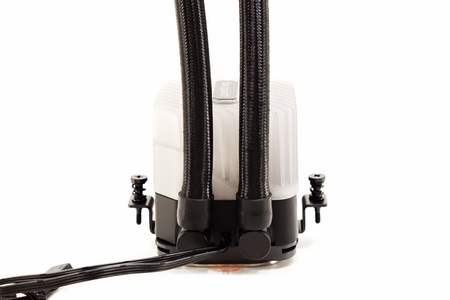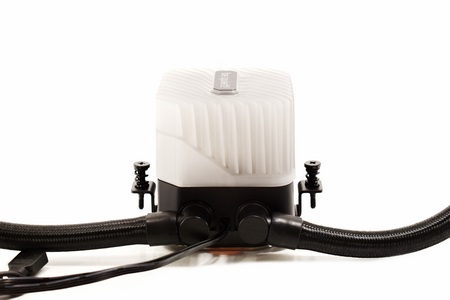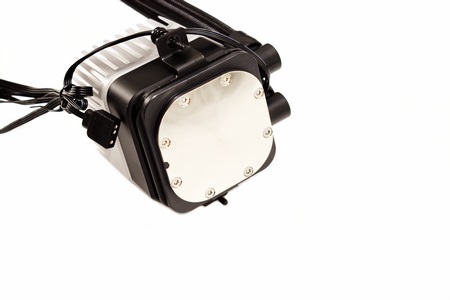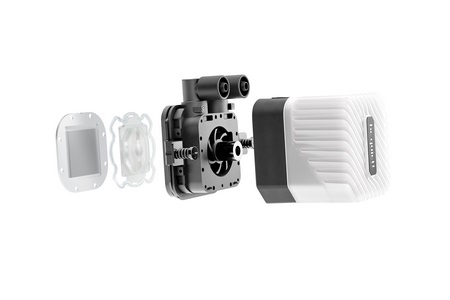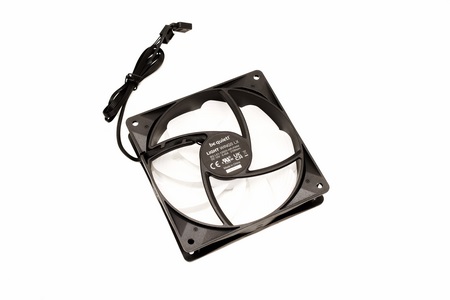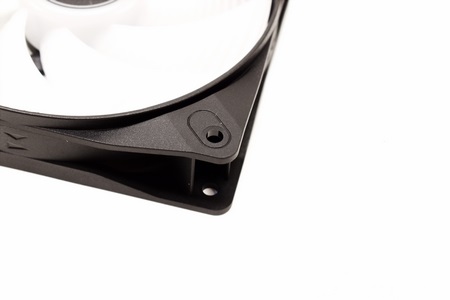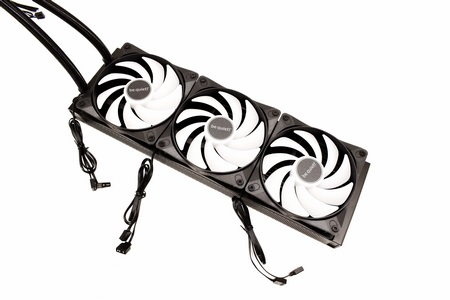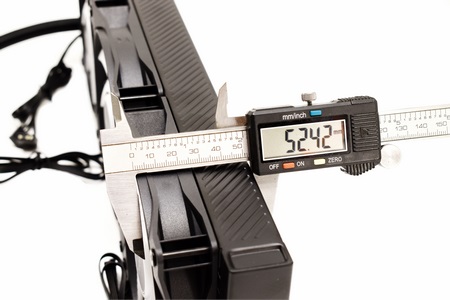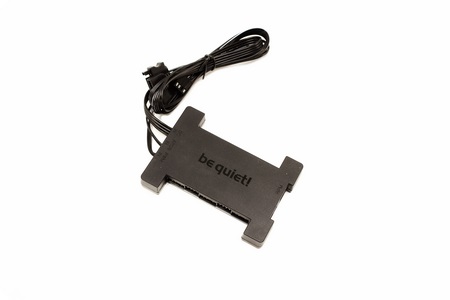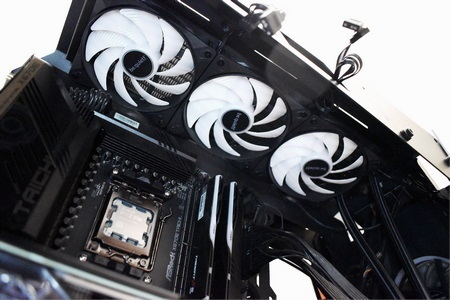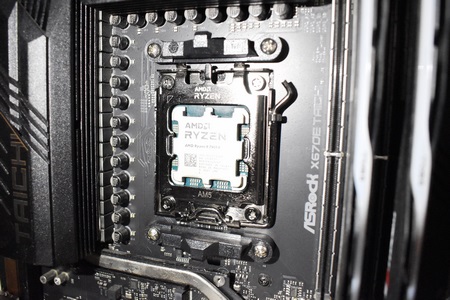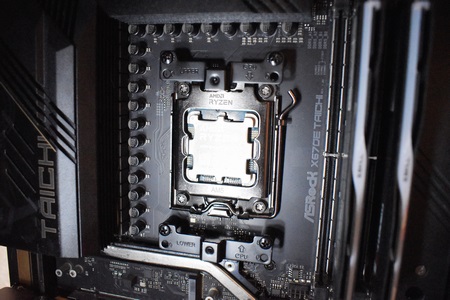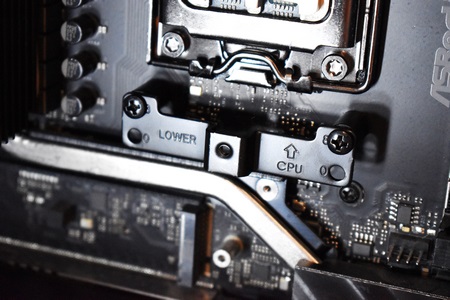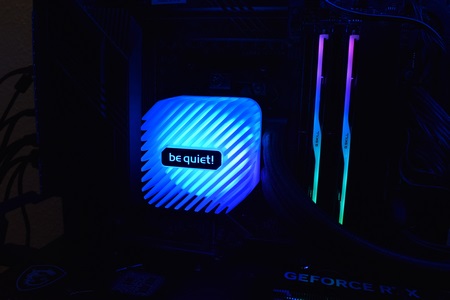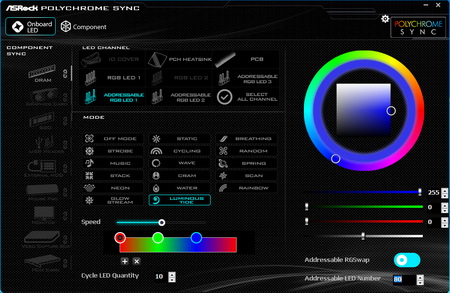INTRODUCTION
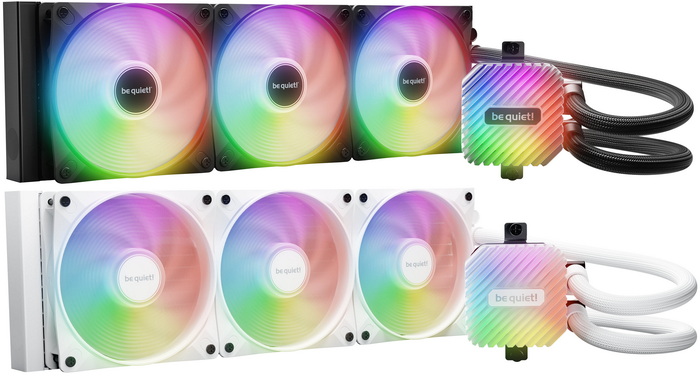
Even though AIO liquid CPU coolers are still the number one go-to choice for gamers, enthusiasts and even professionals the truth of the matter is that we've finally reached a point where cooling efficiency just doesn't seem to be getting all that better as time goes by (the same of course applies for air coolers as well). Yes, AIO models are getting more impressive to look at and even noise levels are going down (for the most part) but as I pointed out many years back it seems we're almost at the end of the road when it comes to performance gains, at least with this particular technology. That being said cooling efficiency has improved considerably over the years and even though there may not be much room left for AIO coolers to improve they can still keep the temperatures of even the most advanced CPUs in check. be quiet! just released their latest AIO liquid CPU cooling line called the Light Loop and with me I have the 360mm variant.
We are the German premium brand manufacturer of quiet hardware components for gaming, workstations and desktop PCs. Since our foundation in 2001, we are proud to have more than 20 years of experience in the industry. Our goal from the very beginning has been to develop products of the highest quality that are not only quiet, but also extremely powerful. With a wide range of power supplies, PC cases, water and air coolers and fans, we have established ourselves as a leading manufacturer in this field.
The brand new Light Loop line of AIO liquid CPU coolers by be quiet! is currently available in 240/360 models, black and white colors and follows the typical design we've seen countless times in the past. To be precise the Light Loop 360 consists by an 397mm long, 120mm wide and 27mm thick aluminum radiator (complete with a refill port and a coolant bottle for future maintenance), three Light Wings LX 120mm PWM ARGB fans (2100RPM / 61.8CFM / 2.51mmH2O), 400mm long braided tubes, high-speed 2900RPM pump with progressive IC (for reduced noise) and a metal jet plate and high-density stack coldplate (for increased cooling efficiency). The top of the pump features a plastic frosted grid design inside which be quiet! has placed a total of 16 ARGB LEDs something which also applies for each of the three Light Wings LX fans (adding to a total of 64 ARGB LEDs for the entire AIO) all of which you can connect directly to the bundled ARGB-PWM-Hub (enables synchronization of up to 6 PWM fans and 6 ARGB components). Last but not least for AMD Ryzen 7000 and 9000 owners be quiet! includes a mounting kit with an 8mm offset for optimal cooling efficiency.
SPECIFICATIONS AND FEATURES
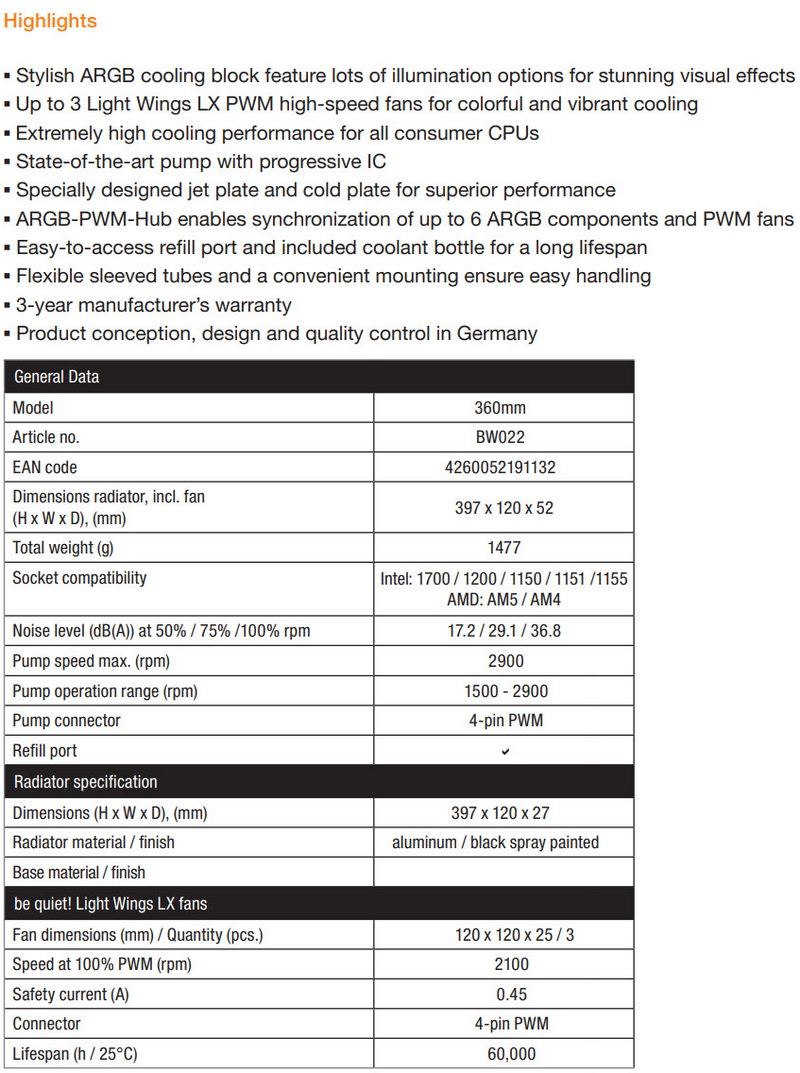
PACKAGING AND CONTENTS
Be quiet! uses their typical black box to ship the new Light Loop series which has their logo and a product picture at the front.
A 2D barcode located on the left side of the box points to online product information.
The specifications table is printed at the base of the box.
4 pictures at the rear of the box are used to showcase the main product features in 2 languages.
As with past models the entire bundle is placed inside a formed piece of cardboard.
Inside the box be quiet! has placed the main unit of the Light Loop 360, three Light Wings LX 120mm PWM fans, ARGB fan hub, 3M double sided tape, bottle of coolant (100ml), thermal paste tube, two be quiet! stickers (for the top of the pump), 3 cable ties, two round black stickers (for the refill port), backplate, warning information, user manual and all the necessary mounting hardware for Intel LGA1150/1151/1155/1200/1700 and AMD AM4/AM5 compatible motherboards.
THE LIGHT LOOP 360
Aside the top of the pump everything else is something we've seen countless times in the past.
Once again, we see a 27mm thick aluminum radiator.
This particular radiator has an FPI (fins per inch) count of 19.
There are two ports on the radiator, fill/empty port which is not accessible by the user right next to the tubes and another one at the front which is actually meant to be accessed by the end user (covered with a sticker and I forgot to take a picture of).
The two 400mm braided tubes should be long enough for most PC cases out there.
As already mentioned right over the pump be quiet! has placed a frosted plastic with a total of 16 ARGB inside.
Just like previous be quiet! AIO models the Light Loop feature rotatable tubes for easier installation.
The nickel plated copper cold plate should be plenty for any consumer CPU model in the market.
Here you can see an exposed view of the pump/coldplate combo (marketing material).
The 3 Light Loop 120mm LX PWM fans can achieve speeds of up to 2100RPM to produce up to 61.8CFM of airflow and 2.51mmH2O of air pressure (these fans feature a total of 16 ARGB LEDs, 8 on each of the two rings).
Unfortunately, however these fans have no rubber pads on their corners.
With the fans mounted the Light Loop radiator increases to a thickness of almost 53mm.
The bundled ARGB fan hub has room for up to six fans and six 3-pin ARGB components.
INSTALLATION
As always, the radiator should be the first to get mounted and well, since this is an 360mm one it shouldn't be a problem for most cases out there.
Once again, the Ryzen 9 7900X will be the CPU used for this test (unlike the AIO I was testing prior the Light Loop doesn't need the stock motherboard brackets so these need to get removed).
Here you see the two mounting brackets installed and since these specifically offer an 8mm offset for Ryzen 7000 and 9000 CPUs I obviously used it.
Placing the pump/waterblock combo onto the CPU comes next (to avoid any possible damage remember to use a regular and not powered screwdriver to tight the screws).
After attaching everything onto the ARGB hub and the motherboard headers (fan/ARGB) you can take a look at the finished looks of the Light Loop 360 (looks great). As always, a short clip is available both on TikTok and YouTube.
From the above screenshot you can see that even though not "detected" by the ASRock X670E Taichi (no USB header after all) you can easily control its colors from the motherboard header.
TEST BED
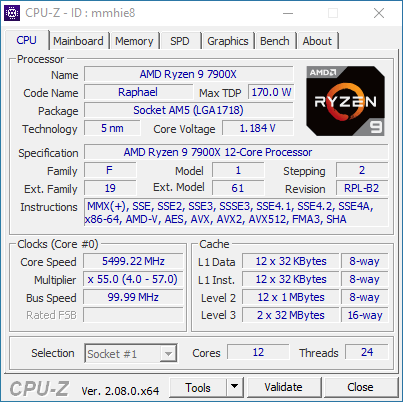

TESTING METHODOLOGY
Testing complete water cooling kits or individual radiators is no different than testing CPU Coolers and since we want all of you to be able to compare similar products, we created new and separate charts (you can still cross-compare results however since we are using the same test rig). So once again single (120/140mm) watercooling solutions are tested with the radiator mounted at the rear of our test rig while dual/triple/quad (240/260/280/360/420/480/560mm) solutions with the radiator mounted at the top. For the dBA tests complete water cooling kits or radiators with bundled fans are measured both while on idle mode or with the fan controller in the minimum setting and while on extreme load or with the fan controller all the way to the highest possible setting (PWM fans do that on their own without our intervention). Every single test takes place in a temperature controlled room of 23 degrees Celsius Ambient Temp with the help of two AC units placed diagonally inside the room. Finally, much like when testing CPU Coolers, it's very important to point out that just because a water cooling kit outperforms another when tested with our test rig (when we test complete water cooling kits) that does not necessarily mean that the same performance differences will apply 100% for other CPU models and in other situations (such as different ambient temps and system configurations).
To successfully record the load temperatures, we use the latest OCCT application for around 6-10 minutes to push the processor to its limits and after that is done and the temperatures are recorded, we wait for about 10-20 minutes for the CPU to cool down and record the idle temperatures. This is done to allow time for the thermal conductive material to achieve the optimal performance level. Same procedure is then repeated with the Passmark BurnIn Test as a failsafe just in case the OCCT results are wrong. This procedure takes a lot more time than the usual peltier/thermometer tests but this way not only can we deliver real world results to our readers based on real CPUs, but we can also triple check the results using a variety of programs. Last but not least the temperatures were recorded using both the latest versions of AIDA64 and RealTemp while the noise level tests (when fans exist in the bundle) are performed using a high precision ExTech HD600 Decibel Meter placed about 10-15cm above the radiator. Still although the same testing procedure applies to all units do take into consideration that unlike the official numbers which are measured in special noise isolated labs with just the fans here, we also have both the rest of the cooler and the rest of the system (although all system fans are turned off when recording noise levels).
* Since some manufacturers have ceased support for the Intel LGA 2011-3 platform, for such coolers, I’ll be using the Ryzen 7900X / ASRock X670E test rig.
** After high demand since September 2024 I’ll be including average temperatures in my 7900Χ/Χ670Ε charts (under light load such as Internet browsing and Office use).
TEST RESULTS
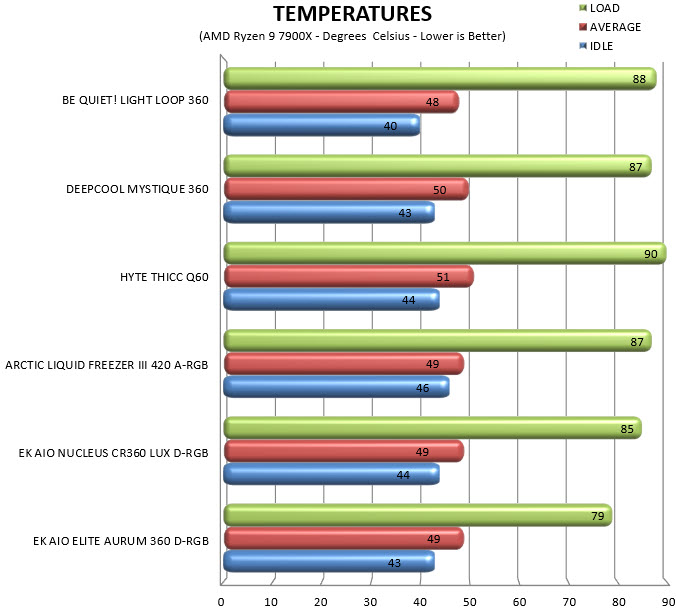

CONCLUSION
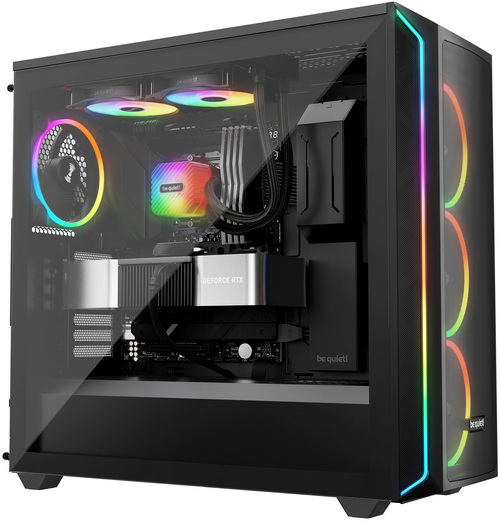
As many of you are aware I just recently started using the Ryzen 9 7900X test rig for CPU cooler tests and so when I read that be quiet! offered an 8mm offset with their mounting kit for AMD Ryzen 7000 and 9000 CPUs I was very interested to see what kind of results I’d get. Well, as you can easily tell from the charts the Light Loop 360 delivered the lowest numbers in both idle and average (light load) temperatures. Unfortunately, this wasn’t the case under heavy load and well, this is both bad and good. Bad because lately high-end AIO models seem to deliver similar performance at heavy loads and good because that performance is very good, all things considered. The Light Loop 360 is also the quietest 360 AIO in my charts and again, that’s very good news for be quiet! Finally in terms of looks the Light Loop 360 looks great (check the short clips - links in the installation page) but unfortunately since it comes without a USB header (and no dedicated software) it can only be used via motherboard sync technologies (compatible with ASRock Polychrome so it should be with others as well).
The Light Loop line of AIO liquid CPU coolers by be quiet! was officially released today with the 360mm variant having a very balanced MSRP attached to it of USD159.90/159.90Euros (at this time it wasn’t available anywhere). Bottom line everything pretty much checks out about the Light Loop 360, cooling efficiency is very good, noise levels are lower than most similar models, looks great and has a very balanced MSRP, so the Golden Award is obviously in order.

PROS
- Build Quality
- Very Good Cooling Efficiency
- Noise Levels
- 8mm Offset Brackets For Ryzen 7000 / 9000
- 64 ARGB LEDs Total (Compatible With Motherboard Sync Technologies)
- Up to Six 120mm Fans in Push & Pull
- Available In Black & White Colors
CONS
- No Dedicated ARGB Software (Motherboard Sync Compatibility Only)

 O-Sense
O-Sense





